Often mentioned in the Bible as a sign of peace and prosperity, the fig tree is so ancient, remnants of the fruit have been discovered in Neolithic excavations sites circa 5000 B.C. Thought to be native to Western Asia or Egypt, figs were cultivated very early throughout the Middle East and Europe and finally reached England and China by the mid-1600s. Spanish missionaries planted orchards in California in 1769, where they still thrive today.
Belonging to the mulberry family, there is a plethora of fig tree varieties. Most of them are small at 10 to 30 feet and thrive in warm, dry climates. Pollinated by a tiny wasp, fig trees never blossom because the flowers are on the inside, producing dozens and sometimes hundreds of miniscule seeds that give figs their unique, crunchy texture.
Considered exotic in some areas of the world, figs are sweet and juicy when ripe. They can be red, yellow, purple-skinned or green-striped, each with their own unique flavor. But before they reach optimal ripeness, figs are gummy with “latex,” which contains serious skin irritants, so protective measures for workers are sometimes mandated for fig production operations.
Dried figs are sometimes roasted and ground as a coffee substitute or converted into alcohol as a liqueur or tobacco flavoring.
Figs are quite perishable and should be refrigerated if not eaten within a few days. They should be placed in the coldest part of your fridge, and will stay fresh for several days. Like apples, figs are a great snack by themselves, but can also be added (peeled or unpeeled) to many recipes. It’s interesting that the seeds only add to the satisfying, tasty chewiness. Best at the firm-to-tender stage, the riper they are, the more antioxidants they provide.
Health Benefits of Figs
Figs are high in fiber and are a good source of several essential minerals, including magnesium, manganese, calcium (which promotes bone density) and potassium (which helps lower blood pressure), as well as vitamins, principally K and A, as well as folate and choline.
The nutritional value of figs by weight increases when they’re dried, and they also keep for a longer period of time. A 100-gram serving of fresh figs, for instance, provides 35 milligrams (mg) of calcium, but the same amount of dried figs has 162 mg of calcium.
Keep in mind, though, at the same time, 100 grams of dried figs contain nearly 48 grams of total sugars — 10 more grams than the maximum amount of added sugars recommended for adult males for a whole day — while raw figs contain just a little over 16 grams. Therefore, it’s important to monitor how many figs you eat if you consume them dried.
Whether fresh or dried, figs contain powerful antioxidants that neutralize free radicals in your body and help fight disease. Figs also supply healthy amounts of dietary fiber, which keeps your digestive system regulated and may have a positive effect on weight management. According to one study, the fruits with the most fiber content include apples, dates, figs, pears and prunes, and there was a 34 percent reduction in breast cancer risk among women who consumed the most fruit fiber, compared to those who ate the least.
Traditional medicine around the world has made use of figs as poultices on tumors, warts and wounds. The fruit and leaves have been pulverized and added to gargles to relieve sore throats.
In some cultures, fig leaves are nearly as important as the fruit itself because of the unique health-related benefits they offer. This includes their ability to regulate blood sugar levels, since research has shown they contain properties that can actually reduce the amount of insulin needed by diabetics.
As mentioned, despite their benefits, you should consume figs in moderation because they contain fructose (sugars), which may be harmful to your health in excessive amounts.
Figs Nutrition FactsServing Size: 3.5 ounces (100 grams), raw |
||
| Amt. Per Serving |
% Daily Value* |
|
| Calories | 74 | |
| Total Fat | 0.3 g | |
| Saturated Fat | 0.06 g | |
| Trans Fat | ||
| Cholesterol | 0 mg | |
| Sodium | 1 mg | |
| Total Carbohydrates | 19.18 g | |
| Dietary Fiber | 2.9 g | |
| Sugar | 16.26 g | |
| Protein | 0.75 g | |
| Vitamin A7 µg | Vitamin C | 2 mg |
| Calcium35 mg | Iron | 0.37 mg |
Studies Done on Figs
Natural phytochemicals with potent cytotoxic properties isolated from the ficus carica, as well as soybeans, were identified in one study as having inhibitory effects on the proliferation of various cancer cell lines.
In another study, the fig variety Dottato was examined to assess its unique antioxidant, cancer-fighting, and phototoxic activity on melanoma cells. Data obtained indicated that this fig cultivar may be an excellent source of bioactive compounds such as phenolics, coumarins and fatty acids. This study offered a new perspective in developing other fig-containing formulations potentially useful in treating nonmelanoma skin cancers.
Compared to other foods, figs were found to be one of the densest in phenolic antioxidants and nutrients, mostly fiber, in a study on the amount and quality of phenol antioxidants in dried and fresh fruits. Figs and dried plums had the highest nutrient score among dried fruits in trials of several individuals consuming them with carbonated beverages.
Scientists reported that fig antioxidants can enrich lipoproteins in plasma, protect them from subsequent oxidation, produce a significant increase in plasma antioxidant capacity for four hours after consumption and overcome the oxidative stress of consuming high-fructose corn syrup in a carbonated soft drink. The study conclusion was that:
- Figs are dense in phenol antioxidants and nutrients, especially fiber
- They’re potent antioxidants (when they’re eaten)
- Dried fruit makes up less than 1 percent of the fruits consumed by most Americans
- Dried fruits should be eaten more often because of these findings
Scientists studying the effect of fresh fig “latex” on a stomach cancer cell line found that the latex acted as an anticancer substance without any toxic effect on normal cells. In another trial, dried figs were weighted down into 1 ml of distilled water for three months. After the water was drained, it was found that fig tree latex powder still retained its anticancer properties. Results showed that figs, dried or fresh, are possible subjects for helping treat stomach cancer.
Fig Fun Facts
There are more than 1,000 fig species, and they can be found in every major rainforest, tropical continent and island around the world. One is the “strangler” fig, or “matapalo” in Spanish, meaning “killer tree.” It sprouts at the bottom of other trees, sending roots down to the ground and growing in strength until it eventually winds its way up the trunk, slowly squeezing the host tree to death until it’s simply entwining a hollow log.
Summary
A fig is a succulent little fruit with blooms and seeds inside its fleshy skin, and is very nutritious. While it’s rich in natural sugar, it also has the distinction of containing just as much calcium, fiber and antioxidants as any plant-based food.
Each fig also provides just the right amounts of the nutrients magnesium, manganese, calcium, copper, potassium, folate, vitamin K and vitamin A. Together, these compounds have the capacity to regulate blood sugar levels, reduce the risk of cancer (specifically postmenopausal breast cancer), and manage blood pressure levels, to name a few.
Dried figs contain even greater nutritional value than fresh ones, making them perfect for ancient or modern nomads. While it’s important to monitor the amount you consume due to their sugar content, chopped dried figs would make a great addition to a Greek salad, including fennel and spinach leaves, arugula and shaved Parmesan cheese.

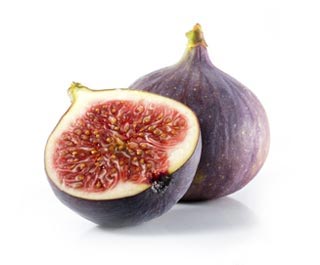
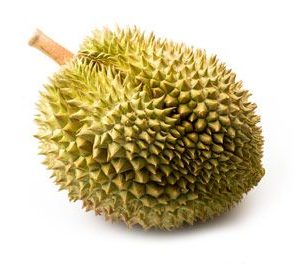
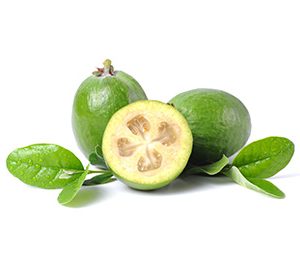
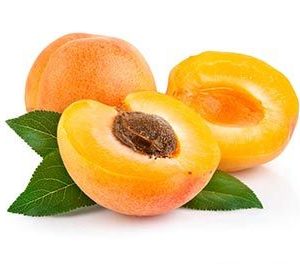
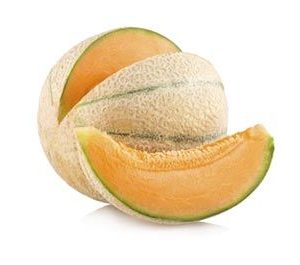

Reviews
There are no reviews yet.